Text
43K notes
·
View notes
Note

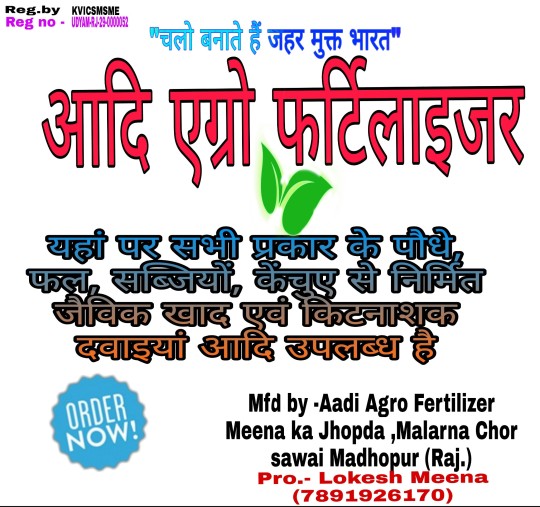

This gavava plant prepare used by vermicompost fertilizer
Beautiful!!
2 notes
·
View notes
Text
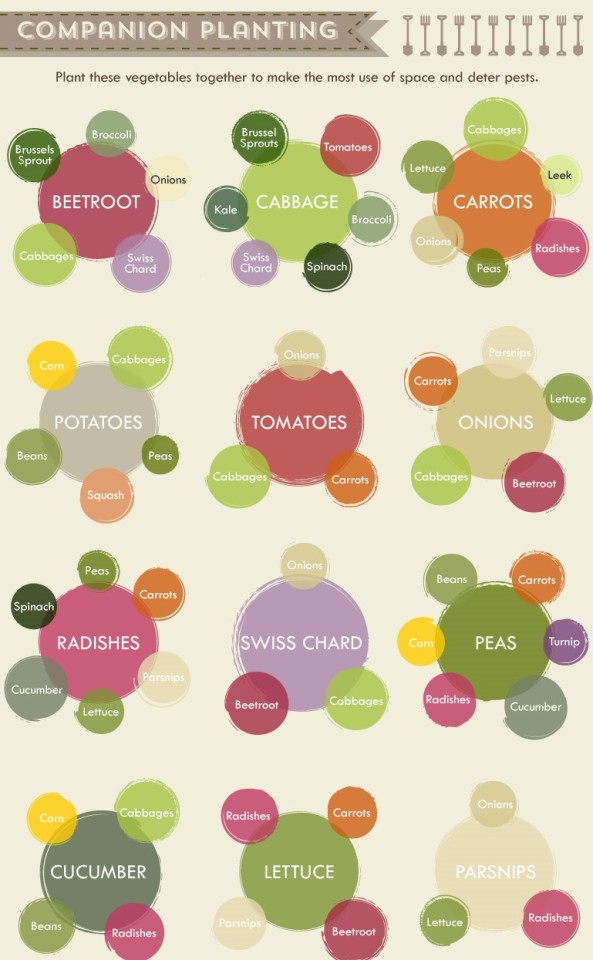
more at: A Vegetable Growing Cheat Sheet [infographic]
25 notes
·
View notes
Photo
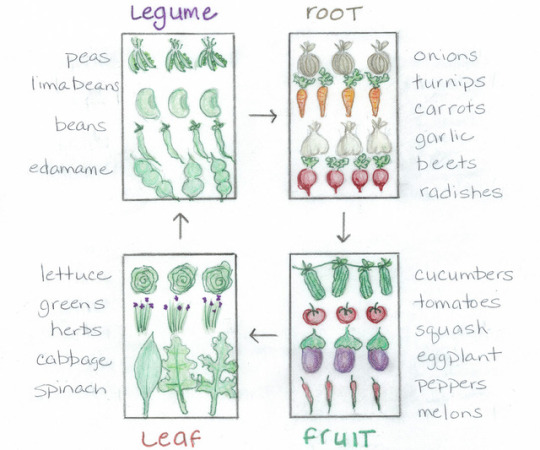
Crop Rotation Made Easy - Bonnie Plants
44 notes
·
View notes
Link
1 note
·
View note
Link
I’ve wondered if you can feed worms a diet of only coffee grounds. Looks like these guys feed theirs only coffee “pulp” and fishmeal.
5 notes
·
View notes
Link
2 notes
·
View notes
Photo

How To Build A Simple In-Ground Worm Pit | Adventures in Homesteading
4 notes
·
View notes
Photo
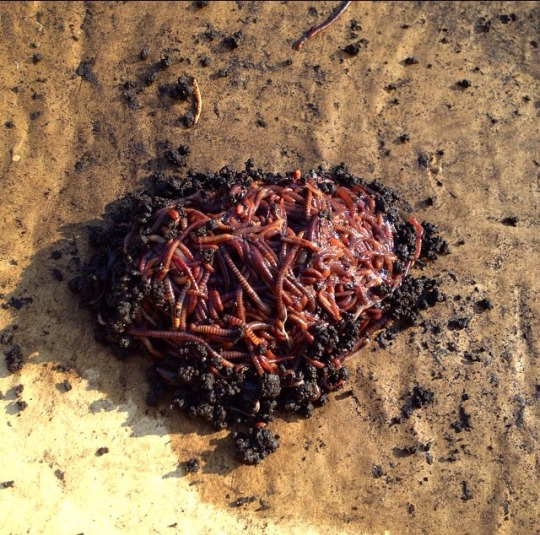


Separated my worms from their castings so I can use it as seed raising mix. This was all the worms from one tray. So bloody satisfying to see!
23 notes
·
View notes
Video
vimeo
Bioturbation–Worms at Work
from Wim von Egmond
Bioturbation is the mixing of (plant) residues into soils and sediments by biotic activity. It is one of the fundamental processes in ecology, as it stimulates decomposition, creates habitats for other (micro) fauna and increases gas and water flow through the soil.
This time lapse movie shows bioturbation by 3 earthworms species:
Lumbricus terrestris (an ’anecic’ earthworm, feeding on leaves and living in deep vertical burrows; 2 individuals present)
Lumbricus rubellus (an ’epigeic’ earthworm, feeding on leaves and living in shallow, non-permanent burrows; 2 individuals present)
Aporrectodea caliginosa (an ‘endogeic’ earthworm, feeding on decomposed organic matter and living deeper in the soil; 3 individuals present).
Poplar leaves were applied on top of the soil as food for the earthworms. Different soil layers were simulated by mixing a topsoil (rich in organic matter) with quartz sand in various ratios.
The recording lasted 1 month. This movie was made in collaboration with scientists from the Department of Soil Quality of Wageningen University, The Netherlands.
166 notes
·
View notes
Photo
Love it!


Since curbside newspaper boxes don’t get a lot of action selling papers anymore, a new urban intervention puts them to use as something else: convenient compost bins.
“The boxes are so commonplace in the city, and I wanted to subtly tweak them to make people stop, look twice, and think about what they are seeing versus what they expect to see,” says designer Debbie Ullman, who created the New York Compost Box Project.
Placed next to community gardens, the boxes serve as a place for anyone to recycle food waste as they walk by. “The idea is to make it possible for busy New Yorkers to drop their scraps whenever it’s convenient for them, 24/7.”
(via What To Do With Old Newspaper Boxes? Make Them Streetside Compost Bins)
— rw
201 notes
·
View notes
Photo
Beautiful

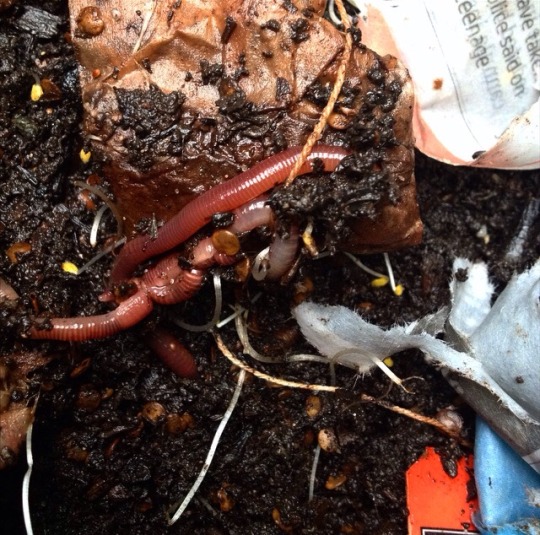

Every time I feed the wormies I have a bit of a dig around the trays to see how the population’s going and I’ve just been so happy to see handfuls of cuties pumping around the place!
111 notes
·
View notes




